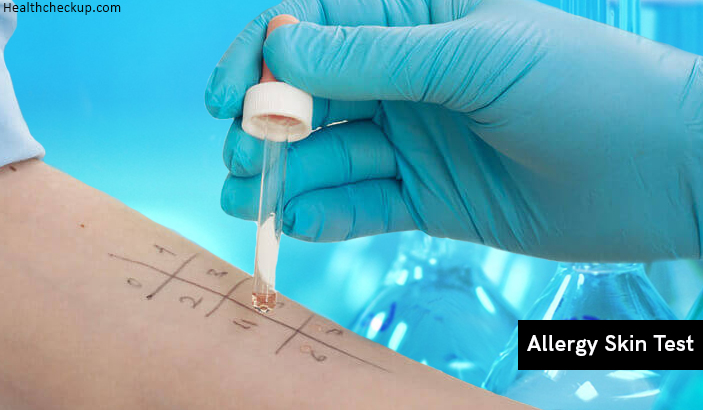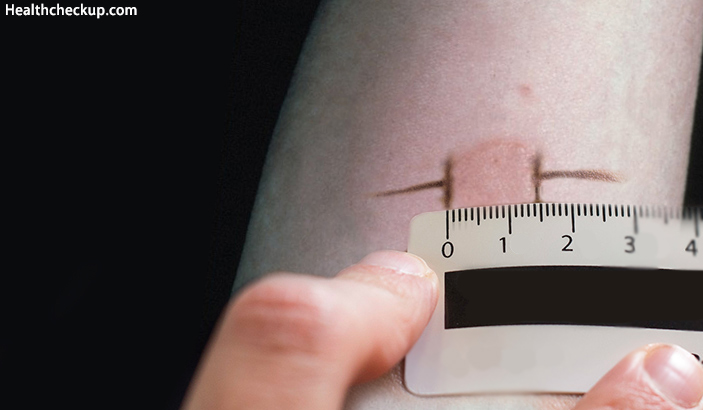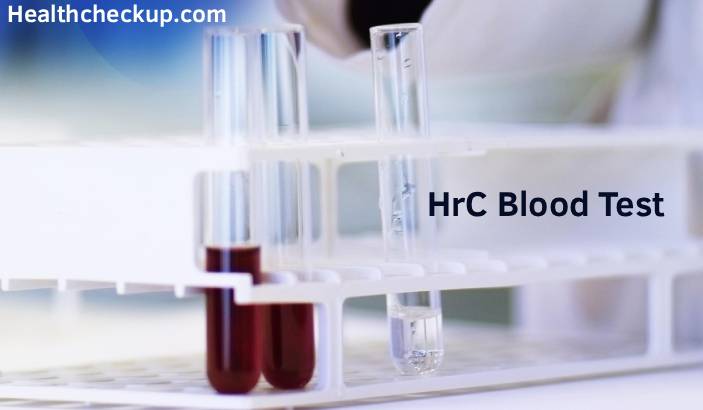Allergy skin tests are done by exposing an individual’s skin to any substance that is deemed to cause an allergic reaction to their skin. The allergy causing substances are known as Allergens. When the skin is exposed to these allergens it is examined for reactions which can be termed as allergic ones. Allergy skin tests result interpretation helps to determine if or not a certain substance or allergen an individual comes into contact with, breathes in or has ingested is the cause of the allergic signs. The results once interpreted by the examining doctors may assist them to come up with the best allergy treatment.
The doctor may advise an individual to avoid coming into contact with any kind of allergens, medications that cause the same, or therapies such as Immunotherapy Injections. The allergy skin tests are mostly for assisting the doctors to diagnose the underlying allergic conditions.
Allergic ailments from being exposed to allergens may be such as allergic asthma, Eczema or Dermatitis, Allergic Rhinitis or Hay fever. Allergies caused by certain foods ingested penicillin allergy, venom from the Bees allergies, and allergy from latex.
Allergy skin tests can be done to all people of all ages, but at times the prevailing circumstances may make it unsafe to be administered to any individual by the doctor. Such circumstances may include
- An individual may have had an extreme allergic reaction at some point in their lives. When a person is deemed to be very sensitive to some substances which include from the tiniest amounts of allergens which are often used in allergy skin tests. This could cause anaphylaxis that is a life-threatening reaction.
- The person had prior to the test been prescribed to medications that can alter the allergy skin test results. Such drugs can include most of the antidepressants, antihistamines, and some drugs used for treating heartburns. An individual is advised to finish their dosage then have the test much later than interfering with it.
- If an individual suffers from some skin diseases, large portions of the arms or the back may be affected by extreme cases of eczema or psoriasis which are the commonly used areas for the allergy skin tests. This prohibits the possibility of an effective test. Other skin ailments which can prevent the test include dermatographism which also leads to poor results.
Allergy skin tests are mostly used in the diagnosis of allergies that are airborne. For example, pollen, pet dander, and dust mites, food allergies are also detected this way.
Allergy Skin Test Types
Skin Scratch or Prick Test
The skin scratch test or skin prick test which also goes by the name of a Puncture Test. The test is used for checking for sudden allergic reactions as many as up to 40 allergens. Mostly it is for testing allergies that crop up due to allergens such as, pollen, mold, pet dander, dust mites, and foods. It is done on the forearm for the adults, while children have it done on their upper backs.
Since allergy skin tests are not at all painful when it comes to this type of allergy skin test needles or lancets that hardly enter the epidermis. One does not bleed or but they only have some slight discomfort. The area where the test is to be done on is cleaned using alcohol, then small drawings are made on the skin. A drop of the allergy causing substance I applied besides each mark. A needle is used in this case to ensure that the allergen is pierced into the surface of the skin. For each allergen being tested a new needle is used.
Skin Injection Test
This test uses a needle to inject a tiny amount of allergen into the skin of the forearm. Also known as the Intradermal Test. It is also examined within a period of 15 minutes for any signs of allergic reactions. Mainly done for examining allergic reactions from insect venom or penicillin.
Patch Test
Patch test is carried out mainly to determine whether a certain substance is leading to the occurrence of allergic skin irritation or contact dermatitis. Patch allergy skin test is for examining allergic reactions which are delayed and do not happen immediately and can even take long as days for them to crop up.
[Read – Different Types of Allergy Tests]
How to Prepare For An Allergy Skin Test
- The doctor will always ask their patient detailed questions concerning their medical history. The skin signs and symptoms from any allergy they have been exposed to before and how they always treat them. These questions are for helping the doctor if the condition of having allergic reactions runs in the patient’s family. They can also assist in determining the most likely cause of the symptoms.
- The examiner or doctor may also carry out a physical test to look for more signs for the cause of the patient’s signs and symptoms.
- The doctor or examiner requires the patient to bring them all the prescriptions or over-the-counter medications they are currently prescribed to or use. This is in order to see if the current drugs they are using can hinder the true results of the tests since some do. Other medications may lead to the patient suffering from extreme cases of allergic reactions during the test.
- The examiner or doctor may ask the doctor to stop using the drugs for a period of about ten days so as to clear out of their body systems. The ten days period is for making sure that the body system is clear of the drugs since each type of drugs clear out of the body at different rates.
How To Do Allergy Skin Test
Patch Allergy Skin Test Procedure
For a patch allergy skin test, there is no need to use needles instead the allergens are done on patches, the patches are then put into contact with the skin. About 20 to 30 different allergens that can lead to the contact dermatitis condition are tested. Some of these allergens include latex, drugs, fragrances, preservatives, hair dyes, metal, and gums.
A person has to stay with the patch on their forearm or their backs for a period of 48 hours. They should avoid bathing or engage in activities that may lead to heavy sweating. The doctor removes the patch which may show some kind of an allergy.
[Read – Treatment For Sweating in Hands and Feet]
Skin Injection Allergy Skin Test Procedure
For the skin injection allergy skin test in order to determine the normal reaction of the skin from allergens, two more allergens are pricked into the patient’s skin surface. They are namely
- Histamine, which naturally leads to reactions in most people’s skins. Failure to react to this may also lead to a lack of any reaction from the allergy skin test even if it is existence.
- Glycerin or Saline is the other allergen applied on the skin. It mainly does not lead to any reaction in many individuals. Lack of any reaction to this allergen shows that a person has a sensitive skin. The results produced have to be examined more keenly to avoid poor diagnosis.
The test is given fifteen minutes then observed for any allergic signs. The existence of allergies due to any of the above allergens leads to the development of a raised itchy bump or wheal that is red in colour and resembles one from a mosquito bite. The size of the bum is then measured. The results are then recorded down and the area of the test is cleaned using alcohol.
[ Read – What Causes Itchy Bumps on Skin Like Mosquito Bites ]
Allergy Skin Test Results Interpretations
They are Recorded Down as Follows
- 1 Is an average diameter or allergen – Induced average wheal diameter.
- 2 Area or allergen – Induced area which is measured by use of a scanning device.
- 3 Known as HEP-index diameter. The allergen-induced an average diameter divided by histamine-induced average diameter.
- 4 Known as HEP-index diameter. The allergen-induced an average diameter divided by histamine-induced average area.
Allergy Skin Test Side Effects
Itchiness – The test may lead to mild itchiness of the skin, the skin turning red, and at times the skin may become swollen. Tiny bump-like wheals may occur on the skin’s surface.
Fever – Fever after an allergy skin test is due to the skin reacting to the allergens used in the test and an indication of an allergic reaction to the different allergens used for the test
Sickness – Feeling sick after an allergy skin test may be an indication that a person is suffering from the side effects of the test. Creams should be used to stop all this.
The effects may be felt for some hours up to some days. Some creams are used to alleviate these effects. Though not common, the side effects may be in the form of a sudden extreme allergic reaction that may need one to seek further treatment.
How Long does An Allergy Skin Test Take?
A person has to stay with the patch on their forearm or their backs for a period of 48 hours. This is for the patch allergy skin test. For the skin injection allergy skin test, the test is given fifteen minutes then observed for any allergic signs.
- Allergy skin test list of allergens which are main or primary include allergens that are mostly inhaled. These affect the lungs or membranes found in the nostrils or throat, an example is a Pollen.
- The second primary type is one that has to be ingested. They are known as ingested allergens and they are found in some foods e.g peanuts, soy, and seafood.
- The third example is the ones that cause allergies by having to come into contact with a person’s skin. They mostly lead to itchiness and rashes. Such allergen is the poison ivy
Allergy skin test results numbers are the numbers against which the results of the test are compared to in order to give the correct diagnosis.
Conclusion
Allergy skin tests should be done by specialists only to prevent the side effects from being extreme and life-threatening. The tests are useful in determining the allergens that are harmful to a particular individual.
Medically Reviewed By










